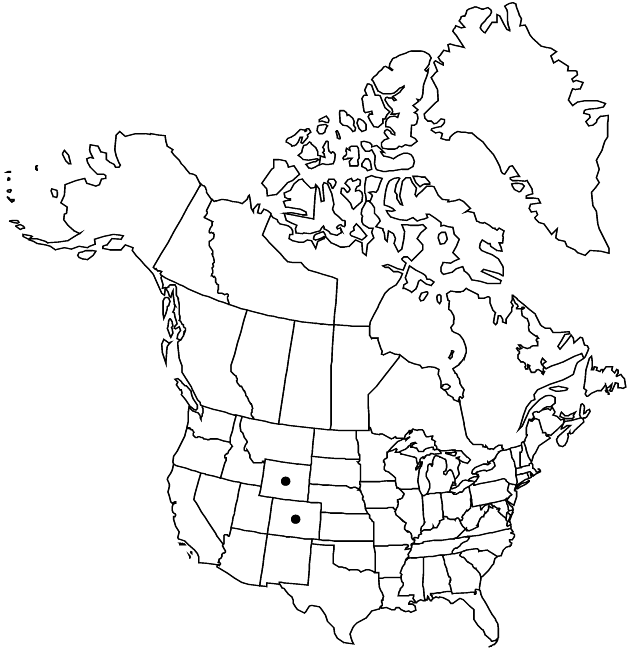Helianthus pumilus
Trans. Amer. Philos. Soc., n. s. 7: 366. 1841.
Perennials, 30–100 cm (taproots slightly thickened). Stems erect, hispid or strigose. Leaves cauline; opposite; petioles 0.4–3 cm; blades (ashy green, usually 3-nerved from bases) lanceolate to ovate, 4–15 × 1–5 cm, bases ± cuneate to truncate, margins entire or serrate, faces strigoso-hispid, glanddotted. Heads 1–6. Peduncles 0.5–5.5 cm. Involucres cylindric, 7–14 mm diam. Phyllaries 15–25 (loosely appressed), lanceolate to ovate, 3.5–7.5 × 2–3.5 mm, apices acute to acuminate, abaxial faces ± hispid or strigose (hairs whitish), glanddotted. Paleae 7–8 mm, entire or ± 3-toothed (apices acute to acuminate, hispid). Ray-florets 8–13; laminae 15–20 mm (abaxial faces glanddotted). Disc-florets 30+: corollas 5–6 mm, lobes yellow; anthers dark-brown to black, appendages dark. Cypselae 3–4 mm, sparsely hairy; pappi of 2 aristate scales 4–4.5 mm plus 0–4 deltate scales 0.5–1 mm. 2n = 34.
Phenology: Flowering late summer.
Habitat: Dry, rocky soil in open areas
Elevation: 1200–2700 m
Discussion
Selected References
None.
